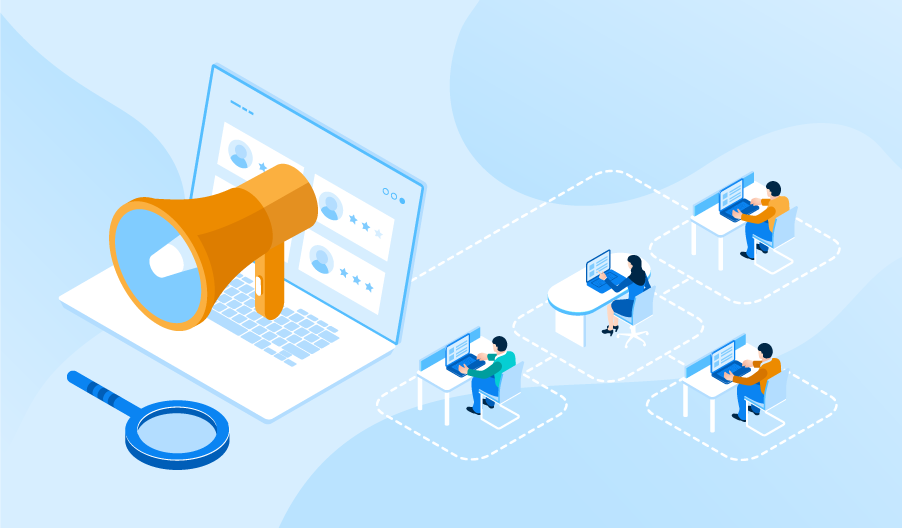
In today’s dynamic business landscape, staffing software has emerged as a game-changer, revolutionizing the way organizations approach talent acquisition. This comprehensive guide delves into the multifaceted functionalities, benefits, and evolving trends of staffing software, reshaping the recruitment sphere.
Understanding Staffing Software
Staffing software, also known as applicant tracking systems (ATS Recruiting Software), serves as a central hub for managing the recruitment lifecycle. It encompasses a myriad of features and tools designed to streamline and optimize every stage of the hiring process.
Key Features and Capabilities
- Efficient Candidate Sourcing and Management: Staffing software simplifies candidate sourcing by aggregating resumes from various sources, including job boards and social media platforms. It provides recruiters with a centralized platform to manage candidate profiles, applications, and communications effectively.
- Automated Applicant Tracking and Screening: With automated workflows and customizable filters, recruitment and talent acquisition facilitates seamless applicant tracking and screening. It automates tasks such as resume parsing and candidate evaluation, allowing recruiters to focus on strategic initiatives.
- Streamlined Interview Coordination and Collaboration: Advanced scheduling capabilities and collaborative tools within staffing software enable smooth coordination among hiring team members. Recruiters can schedule interviews, share feedback, and collaborate on candidate assessments in real-time.
- Automated Onboarding and Compliance Management: Staffing software streamlines the onboarding process by automating tasks such as document collection, training assignments, and compliance checks. This ensures a seamless onboarding experience for new hires while ensuring compliance with regulations.
Benefits of Staffing Software Adoption
- Enhanced Efficiency and Productivity: By automating manual tasks and streamlining workflows, staffing software boosts the efficiency and productivity of HR teams. Recruiters can allocate their time more strategically and focus on high-value activities.
- Improved Candidate Experience: staffing software delivers a personalized and user-friendly experience to candidates throughout the recruitment journey. Candidates receive timely updates and communication, leading to higher satisfaction levels.
- Data-Driven Decision-Making: Staffing software provides valuable insights into recruitment metrics and trends, enabling organizations to make data-driven hiring decisions. Recruiters can leverage analytics to identify areas for improvement and refine recruitment strategies.
- Scalability and Flexibility: Staffing software solutions are scalable and adaptable to the evolving needs of organizations. Whether scaling recruitment efforts during growth phases or adjusting strategies in response to market changes, staffing software offers the flexibility needed to stay agile.
Emerging Trends and Future Outlook
- AI and Machine Learning Integration: The integration of AI and machine learning is poised to transform staffing software, enabling predictive analytics and personalized candidate recommendations.
- Remote Work and Virtual Recruitment: The rise of remote work has accelerated the adoption of virtual recruitment solutions, facilitating remote interviews and assessments.
- Focus on Diversity and Inclusion: Staffing software is evolving to incorporate features that promote diversity and inclusion, such as bias detection algorithms and inclusive language analysis tools.
In conclusion, staffing software has become an indispensable tool for modern recruitment strategies. By harnessing its capabilities and embracing emerging trends, organizations can streamline their hiring processes, attract top talent, and stay ahead in today’s competitive market.